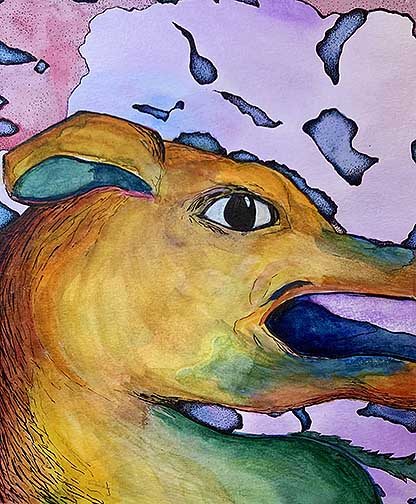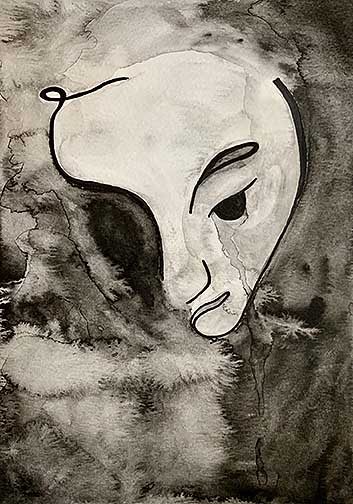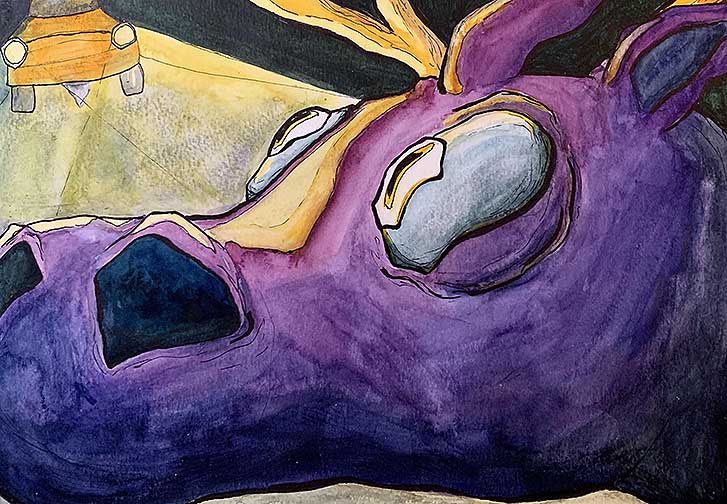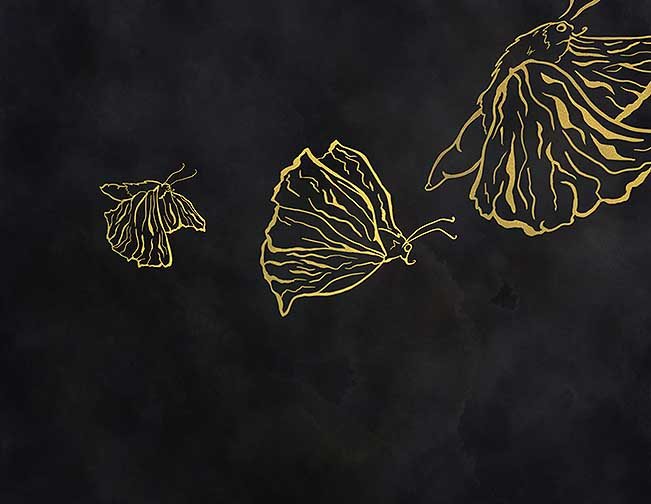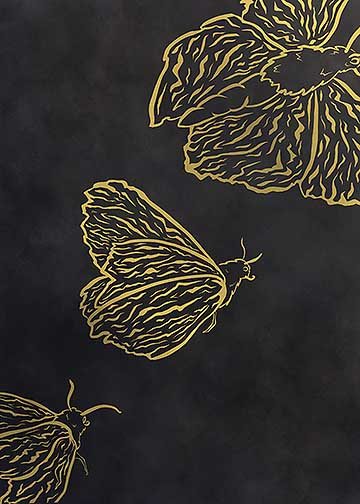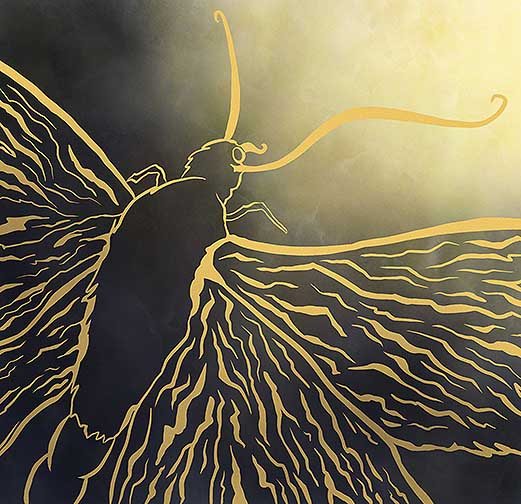Abigail Wajda
Illustrator
Staatsburg, New York
[email protected]
Biography
Abby Wajda is an illustrator from Hyde Park, New York. She began her college career practicing Animal Science at the University of Maine and quickly transitioned from studying the anatomy of cows to studying new trends and techniques in the world of illustration. Although she's switched tracks, the outdoors continue to be a significant source of inspiration for her artwork. Starting at SUNY Oswego with a studio emphasis, she now enjoys using both traditional and digital media in her work. In the future, she hopes to use her artistic abilities to work as an illustrator for an outdoor-based company.
Artist Statement
Over the past few years, my artistic career has consisted mostly of work created for others, whether they’re a friend, professor, or employer. It’s been a long time since I’ve been able to create work purely for myself. Through this show, I’ve had the freedom to choose exactly what I wanted to do. I’ve gotten to use the skills I’ve acquired during my time here at Oswego to experiment with different aspects of the art and design world and where I fit into it. Looking back on where I was three years ago versus where I am now, combined with the ability to create whatever I wanted this semester, has helped me to narrow down the many career opportunities that the art world has to offer. It’s allowed me to realize that illustration is where I feel the most comfortable, and I’ve grown to love the ways I’m able to incorporate it with other things that I love. This past semester, I’ve grown to love the spontaneity and emotions that watercolor illustrations are able to convey. This collection is inspired both by my recent interest in watercolors and my love of nature. I plan on continuing to experiment with watercolors, and I hope to find a career where I am able to focus on art within the natural world.
